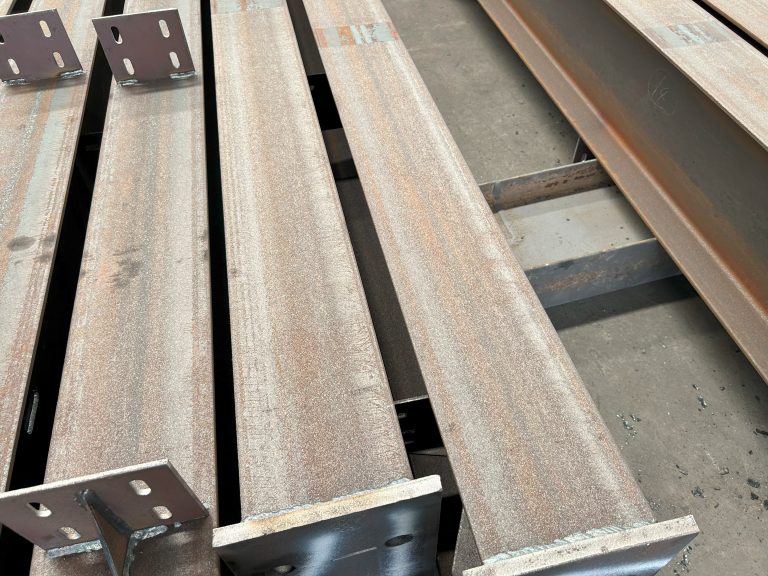Analysis of key points of environmental protection and energy saving design of box house
Inhoudsopgave
Benefits of Implementing Energy Saving Design in Box Houses
Box houses, also known as container homes, have gained popularity in recent years due to their affordability, sustainability, and versatility. These homes are constructed using repurposed shipping containers, which not only reduces waste but also minimizes the environmental impact of traditional home construction. In addition to their eco-friendly construction, box houses can also be designed with energy-saving features that further enhance their sustainability.
One key aspect of environmental protection in box houses is the use of renewable energy sources. By incorporating solar panels, wind turbines, or geothermal heating systems, box house owners can significantly reduce their reliance on non-renewable energy sources such as fossil fuels. This not only helps to lower energy bills but also reduces greenhouse gas emissions, making box houses a more environmentally friendly housing option.
Another important consideration in energy-saving design for box houses is insulation. Proper insulation helps to regulate indoor temperatures, reducing the need for heating and cooling systems. This not only saves energy but also improves the overall comfort and livability of the home. By using high-quality insulation materials and sealing any gaps or cracks, box house owners can create a more energy-efficient living space that is both environmentally friendly and cost-effective.
In addition to renewable energy sources and insulation, the layout and orientation of a box house can also impact its energy efficiency. By strategically placing windows and doors to maximize natural light and ventilation, box house owners can reduce the need for artificial lighting and air conditioning. This not only saves energy but also creates a healthier indoor environment by promoting natural airflow and daylighting.
Furthermore, the materials used in the construction of box houses can also play a significant role in their energy-saving design. By choosing sustainable and eco-friendly materials such as bamboo flooring, recycled glass countertops, or reclaimed wood siding, box house owners can reduce their environmental footprint and create a more sustainable living space. These materials not only help to conserve natural resources but also contribute to a healthier indoor environment by minimizing the use of toxic chemicals and pollutants.
Overall, the key points of environmental protection and energy-saving design in box houses are interconnected and essential for creating sustainable and eco-friendly living spaces. By incorporating renewable energy sources, proper insulation, strategic layout and orientation, and sustainable materials, box house owners can reduce their environmental impact, lower their energy bills, and create a healthier and more comfortable home. With the increasing focus on sustainability and energy efficiency, box houses offer a promising solution for those looking to live more sustainably and responsibly.
Importance of Environmental Protection in Box House Construction
Environmental protection is a critical consideration in the construction of box houses. These compact, modular homes are gaining popularity for their affordability, efficiency, and sustainability. As the demand for eco-friendly housing options continues to grow, it is essential to analyze the key points of environmental protection and energy-saving design in box house construction.
One of the primary benefits of box houses is their minimal impact on the environment. These homes are typically constructed using sustainable materials such as recycled steel, reclaimed wood, and energy-efficient windows. By using these eco-friendly materials, box house builders can reduce their carbon footprint and help preserve natural resources.

In addition to using sustainable materials, box houses are also designed to be energy-efficient. These homes are often equipped with solar panels, energy-efficient appliances, and high-performance insulation to reduce energy consumption and lower utility costs. By incorporating these energy-saving features into their design, box houses can help homeowners reduce their environmental impact and save money on their energy bills.
Another key point of environmental protection in box house construction is water conservation. Many box houses are equipped with rainwater harvesting systems, low-flow fixtures, and drought-resistant landscaping to minimize water usage and reduce water waste. By implementing these water-saving measures, box house builders can help conserve this precious resource and promote sustainable living practices.
Furthermore, box houses are designed to maximize natural light and ventilation, reducing the need for artificial lighting and air conditioning. By incorporating large windows, skylights, and cross ventilation into their design, box houses can take advantage of natural resources to create a comfortable and energy-efficient living environment. This not only reduces energy consumption but also enhances the overall quality of life for residents.
In conclusion, the key points of environmental protection and energy-saving design in box house construction are essential for promoting sustainability and reducing the environmental impact of housing. By using sustainable materials, energy-efficient features, water-saving measures, and natural light and ventilation, box houses can help homeowners live more eco-friendly lifestyles while also saving money on their utility bills. As the demand for sustainable housing options continues to grow, it is crucial for box house builders to prioritize environmental protection in their construction practices. By doing so, they can help create a more sustainable future for generations to come.






